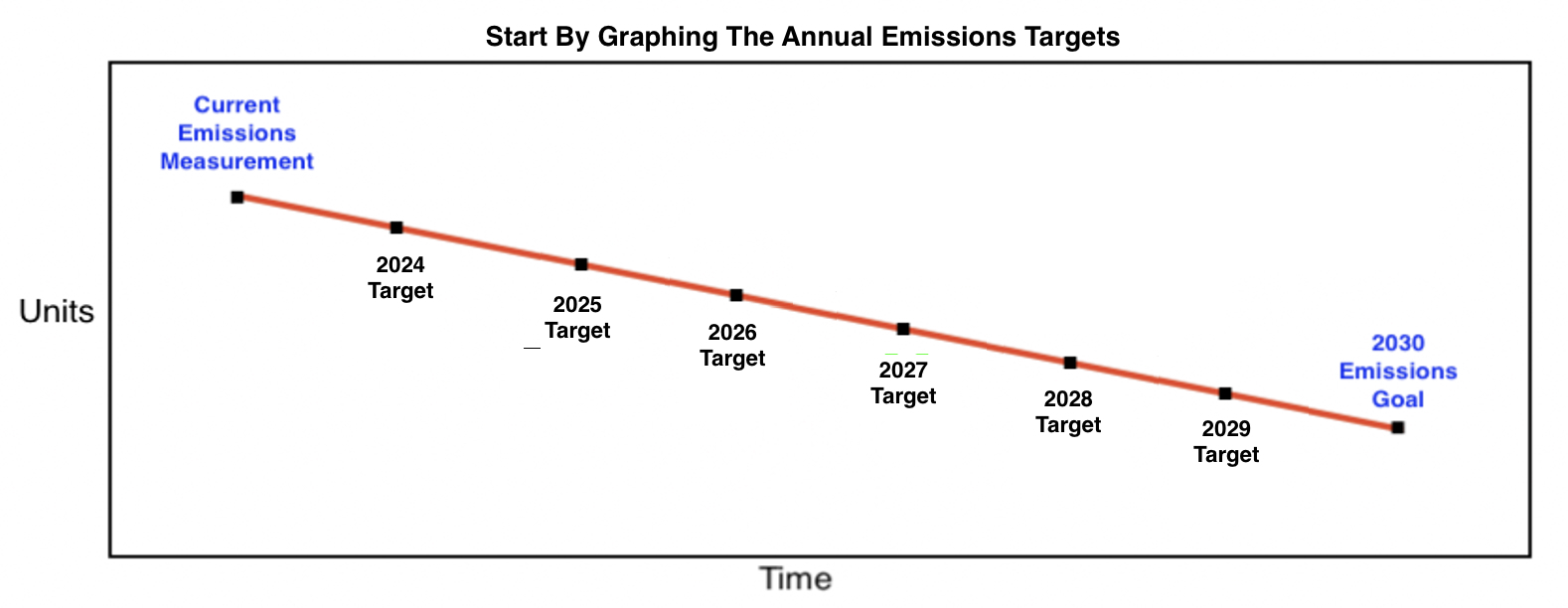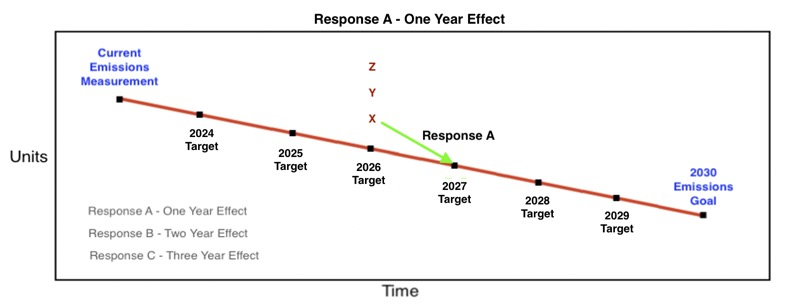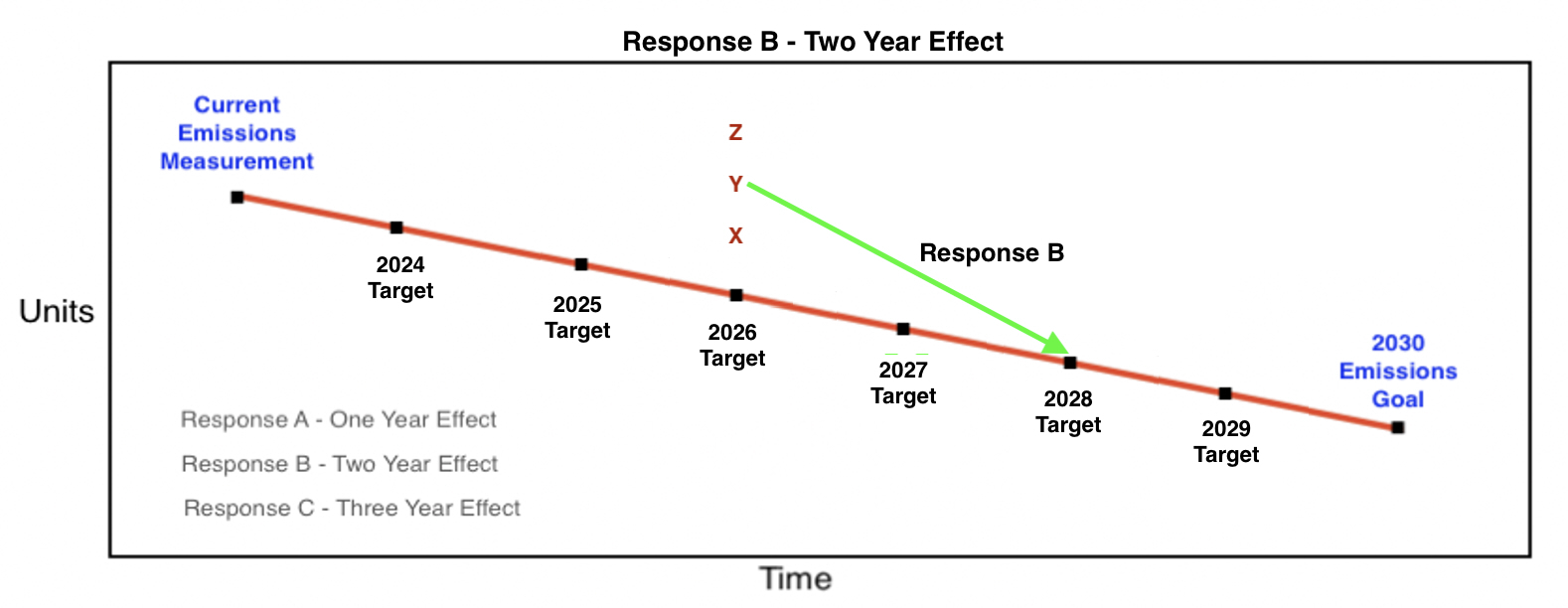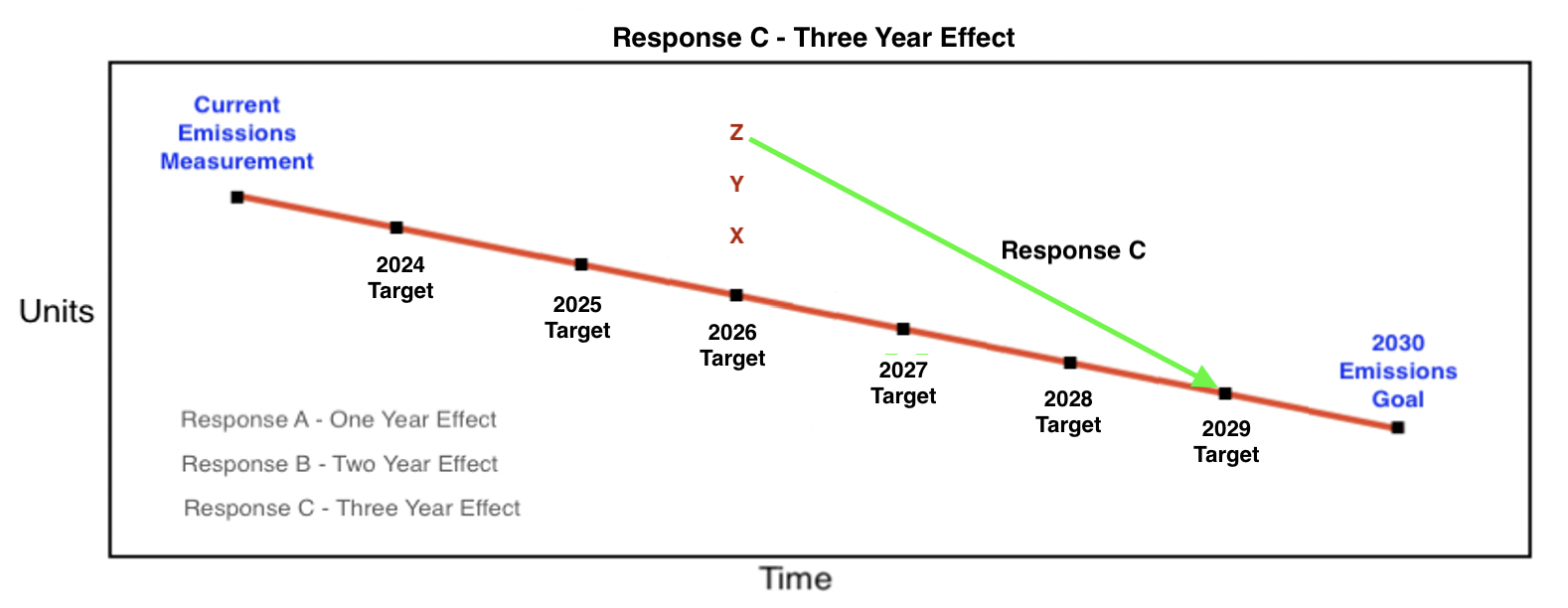In my column last week, We discussed the Liberal government’s introduction of an emissions reduction plan in March 2022 that reflected UN standards, but how, almost two years later, did Ottawa finally develop targets for provinces and territories?
Once this is done, work can begin in earnest so that the country as a whole can reduce its use of fossil fuels and achieve its stated goal of 443 megatons of greenhouse gas emissions by 2030.
Mitigation Strategy for Policymakers: Module 2
One of the biggest problems with Canada’s emissions reduction plan for 2030 is the huge disconnect between the goals set by the federal government and the specific actions that provinces and territories must take to achieve them.
The original plans presented by the provinces and territories in 2022 they did not reach the megatons specified in the original plan. They are now even less aligned with the specific sector-by-sector economic goals (like oil and gas, transportation, building heating, etc.) announced by the feds in August and December.
As shown in last week’s column, the plan contains two projection lines for each economic sector within each province and territory.
However, all actions detailed in each line are theoretical and contained only in mathematical models. No real-world on-the-ground actions are yet taking place for either case.
What people are reading

This could be solved by treating the modeled numbers as targets and making provinces and territories entirely responsible for reducing greenhouse gas emissions. The federal role should be relegated to providing a smorgasbord of suggestions to the provinces and territories. Alternatively, provinces and territories should be free to invent their own actions outside of federal suggestions.
Let them pick, choose and invent as they see fit. Some federal programs will be attractive because they will be federally funded, but giving freedom to provinces and territories would remove any obligation to adopt a particular action plan. The only thing the federal government should care about is that each province and territory’s emissions reduction targets are met so the country can meet its overall goal.
Canada’s provinces and territories should be entirely responsible for reducing greenhouse gas emissions. #cdnpoli #emissions #GHG #ClimateObjectives
This modified approach places responsibility for meeting goals where it would be most effective and frees the federal government from the thankless task of herding cats.
The methodology to achieve this is through a stepped action plan called Trigger-response concept, which is modeled after the stimulus-response concept in other fields (if you touch a hot stove, you automatically remove your hand). For climate change mitigation, a set of trigger points is established that automatically initiate specific actions.
The first step is to plot the provisional emissions targets for each province and territory for each economic sector, as shown in Box 1.

The next step is to determine “trigger points,” which will be set to inform each province and territory how they are doing and allow them to adjust their responses accordingly. Let’s imagine that in a particular province, the actual 2026 figure for transportation emissions reached point activates Response A, putting emissions back on track in 2027.
Table 2

Now let’s imagine that the actual 2026 figure for transportation emissions reached point Y, as shown in Box 3. This is considered to be fixable in two years, so Response B is triggered to get emissions back on track. emissions by 2028.
Table 3

Finally, let’s imagine that the 2026 figure for transportation emissions reached point Z, as shown in Box 4. Because the target was missed so much, it will take three years to get back on track, so the Answer C. These tiered responses will be predefined by each province and territory for each economic sector.
Table 4

The main advantage of this methodology is that when the three step responses are defined and agreed upon in advance, there will be no doubts or debates about what to do when the trigger point is reached. Corrective action will take place automatically, removing all impediments to immediate action. And just as each province and territory uses three-tier responses for each sector within their borders, the feds would use the same method with respect to the performance of each province and territory.
In next week’s column, Module 3 of this series, we will discuss a way to distribute the costs of all mitigation actions in such a way that everyone considers it fair and equitable. it’s called the Mitigation action mechanism.
Hal Segal is part of the Interdisciplinary Studies PhD program at the University of Saskatchewan. He can be contacted at: [email protected]
